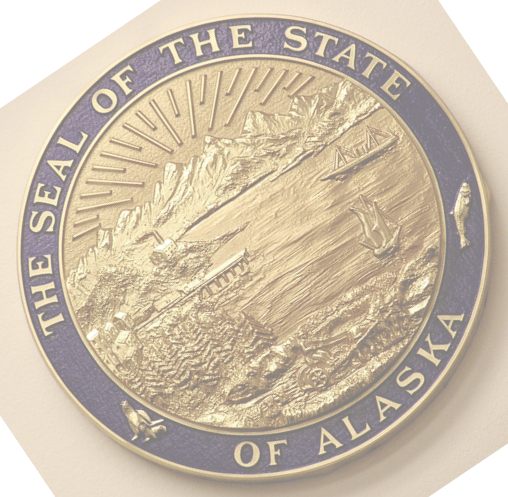Today the Senate Resources Committee will be hearing the third installment of a three-part overview of the recently handed down Gleason Decision.
This important decision, which was handed down in December by Judge Sharon Gleason of the Alaska State Superior Court, sheds some light on the long-term viability of the Trans-Alaska Pipeline System (TAPS) and the amount of oil remaining in North Slope reserves.
The nine-week trial, and resulting 213 page decision, centered on an appropriate valuation of TAPS for determining property taxes owed by the pipeline owners—namely BP, ConocoPhillips, and ExxonMobil—for the years 2007-2009. But for me, and for the purposes of the upcoming oil tax debate, the important information revealed in the proceedings has to do with how much North Slope oil is left to be produced and how long we might expect to see TAPS continue to operate.
When TAPS first came online in 1977, there were an estimated 9.6 billion barrels of oil in proven reserves on the North Slope. To date, over 16 billion barrels have been produced and, according to the assumptions used in the Gleason Decision, another estimated 7-8 billion barrels of oil reserves remain to be produced. At those levels, according to the decision and assuming modifications can be made to allow for throughput down to 100,000 barrels per day, TAPS could very well remain physically and economically viable for another 50 plus years.
I look forward to continuing our review of the Gleason Decision as we further define the problems behind North Slope production decline and seek the appropriate policy solutions.
The Senate Resources Committee hearing is at 3:30 pm today and can be viewed live online. The entire Gleason Decision can be accessed online here.

Comments are closed